Motorola’s 2025 Razr series is officially here, months earlier than its predecessor’s launch. It may seem odd to launch so early, as the 2024 Razr series has had less than a year to revel in its apparent success, but it seems Motorola is excited to get things rolling this year, and for good reason.
The Razr 2025 series marks a significant shift in Motorola’s strategy, with the company launching three models this year instead of the usual two. Leading the trip is the top-end Razr Ultra 2025, which has specs that would make most standard Android flagship phones jealous, although all that power does indeed come at a price. Following are the Razr Plus 2025 and Razr 2025, the latter of which I still lovingly refer to as the Razr “Minus.”
I got some hands-on time with all of these devices, including new AI features and accessories, and I must say I’m quite impressed with what Motorola is doing with the Razr Ultra. That said, I’m a bit worried that one key aspect of the Razr Ultra may overshadow this impressive device.
Here are my initial impressions.
More Razr for everyone

The Razr Ultra 2025 was the primary focus of my attention during the hands-on, as it’s the newest addition to the Razr family, which previously only consisted of the Razr and Razr Plus. However, despite its premium status over its siblings, the Ultra and Plus share much of the same design, and the hardware looks nearly identical.
The cover screen is the same size at 4 inches, and despite the display being .1 inches larger on the Ultra (thanks to smaller bezels), the difference seems negligible. Aside from the colors and materials, the primary way to distinguish them is the presence of a new AI Key to activate Moto AI (more on that later).
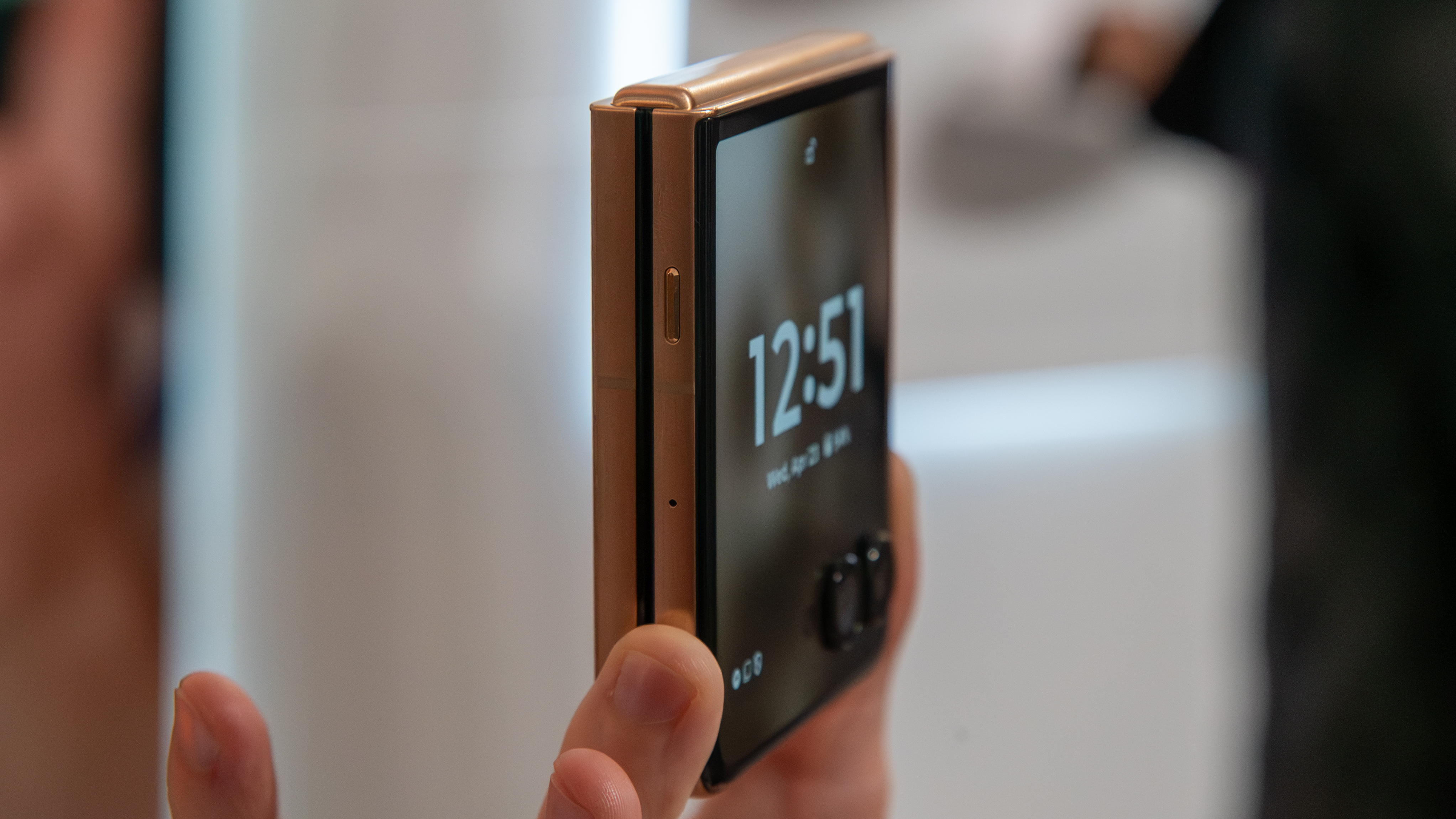
Since Motorola seems allergic to glass back panels these days, the Razr Ultra comes in some pretty exciting new colors and finishes, including an FSC-certified wood finish and Alcantara. This isn’t Motorola’s first wood phone, and hopefully it won’t be the last, as it gives the phone a surprisingly light yet sturdy feel in hand.
This is, however, the first phone to feature Alcantara fabric, which is found on the likes of the Lucid Air, Louis Vuitton bags, and other high-end products. On the Razr Ultra, it not only looks great with the stitching along the back, but it feels incredibly soft to the touch.
The Razr Plus and Razr are admittedly less exciting, but they still offer some great color options. The Plus only features three colors, which are borrowed from its predecessor— a common theme with this phone. In contrast, the Razr 2025 introduces all-new hues, including a vibrant green and a pleasant pink.
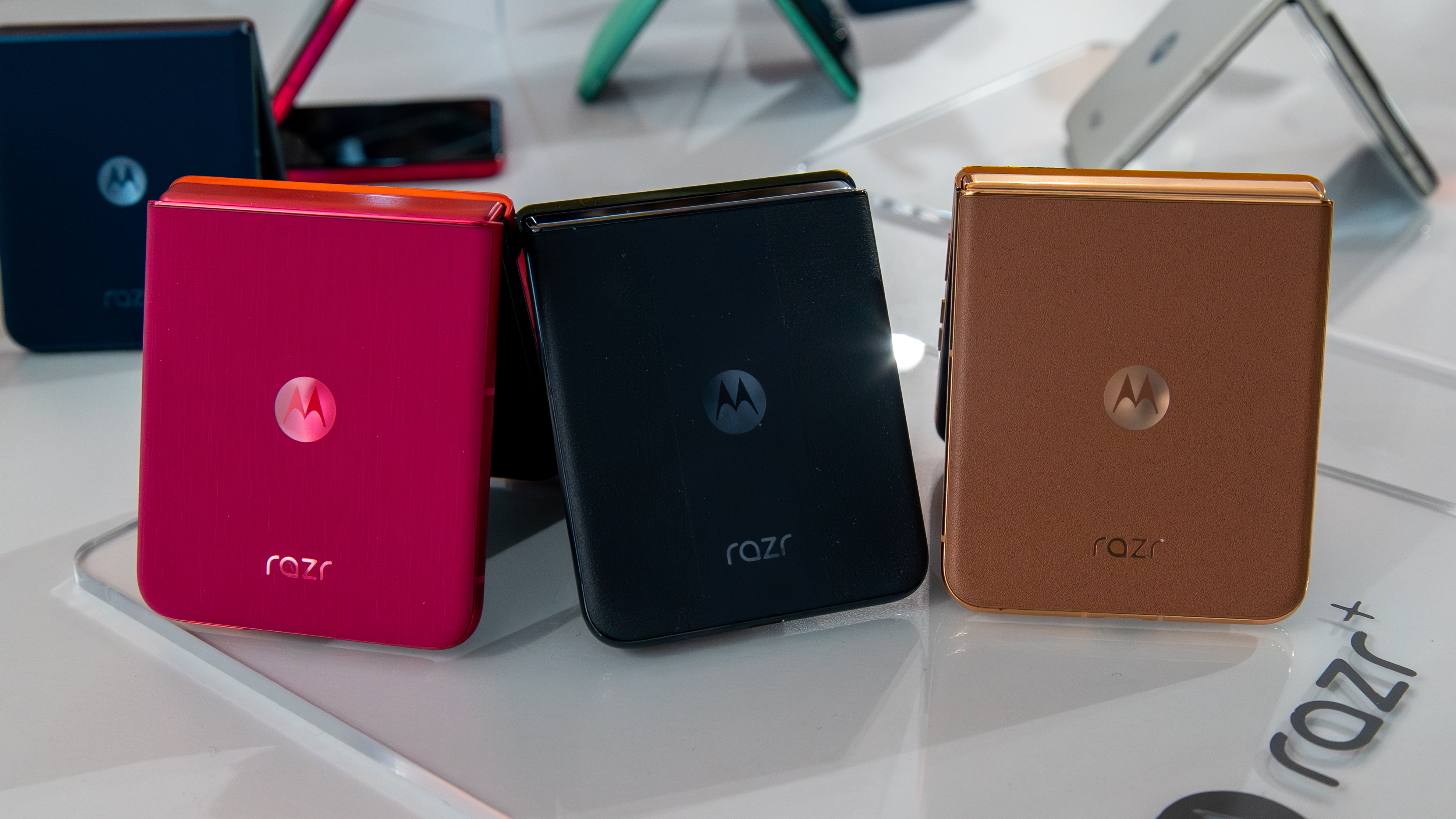

Notable hardware changes include a new titanium hinge, which Motorola claims is four times stronger and should withstand more folds. The Razr Plus 2023 had a relatively flimsy hinge, and the Razr Plus 2024 marked a notable improvement. In my limited time with the device, the hinge didn’t feel significantly different from the 2024 model, but I’ll need more time with the Razr Ultra 2025 before I can provide a more informed comment.
IP48 water and dust resistance are also highlights, while the Ultra gets the new Corning Gorilla Glass Ceramic for extra protection on the cover screen.
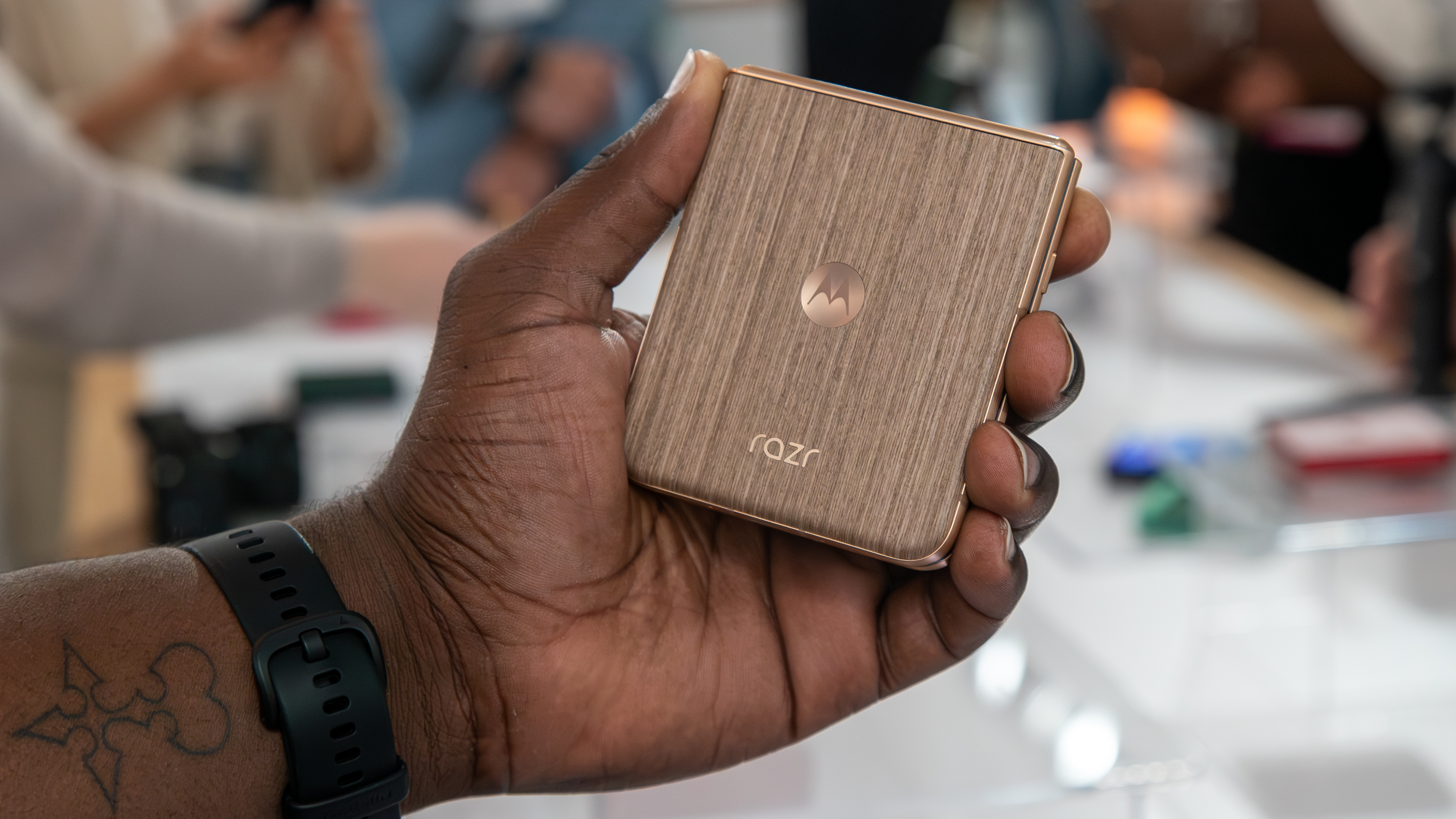
The design surprisingly says a lot about the hardware in these phones. The Razr Ultra comes with bold new colors and finishes, which translate to impressive specs underneath. The Snapdragon 8 Elite makes this the most powerful flip phone to date, while 16GB of RAM is enough to make even the Galaxy S25 Ultra jealous.
Additionally, there’s a new Pantone-validated Super HD display that looks fantastic; it’s bright, responsive, and vibrant, with a crease that’s somehow even less noticeable than its predecessor.
The Razr Ultra also has Pantone Validated cameras for better skin tone and color reproduction, and the 50MP dual camera system now has a secondary ultrawide sensor after last year’s featured a fairly limiting 2x telephoto lens.
Finally, the battery specs make a huge jump with a 4,700mAh capacity, 68W wired charging, and 30W wireless charging. I’m already pleased with the battery life on the Razr Plus 2024, so I’m really excited to see what the extra juice does with the Ultra.
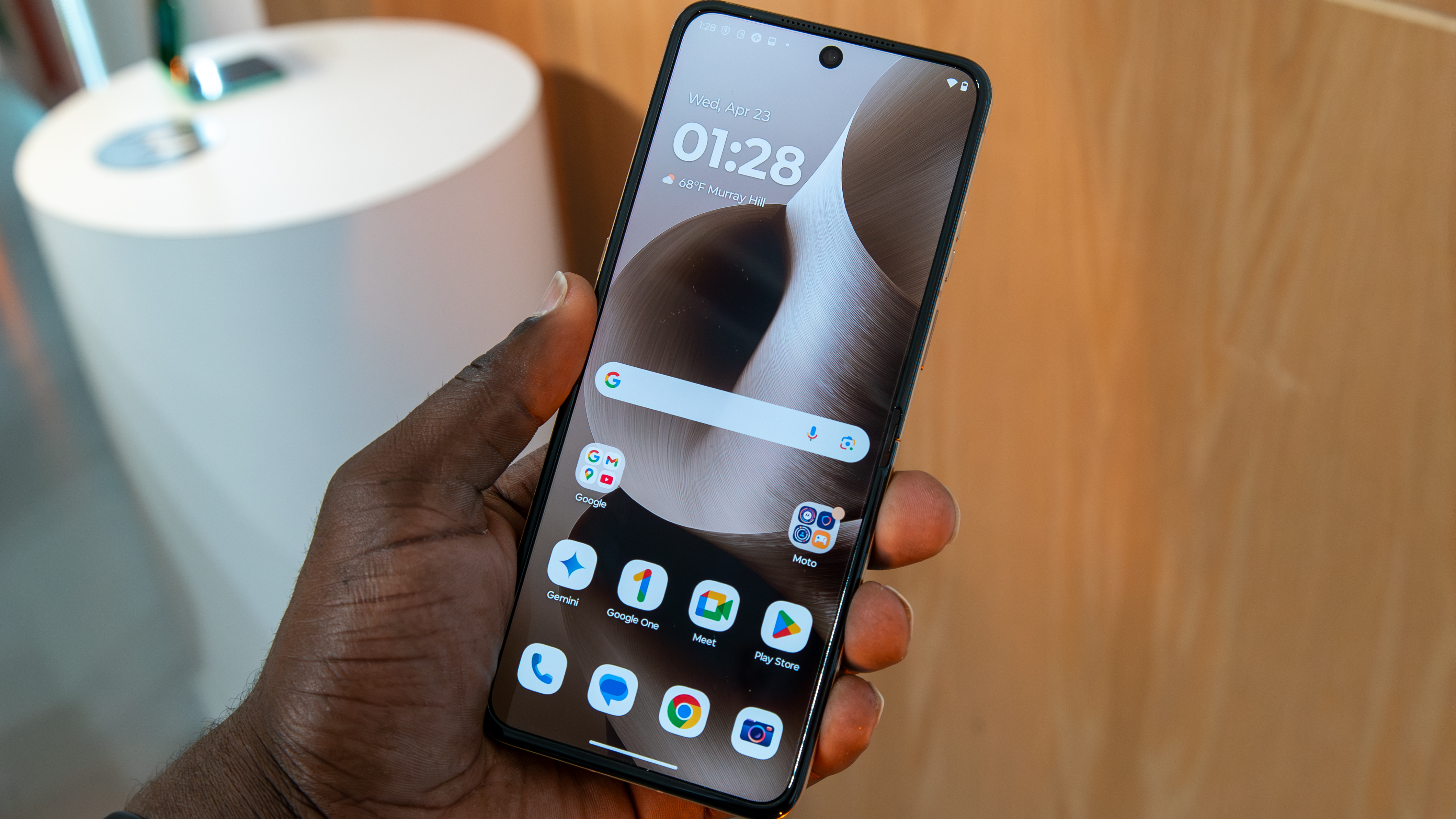
The Razr Plus, like the design, gets probably the fewest changes of the trio. The same chip should prove adequate, but it would’ve been nice to see some sort of upgrade in this manner. Aside from the new hinge, IP48 certification, and Pantone-validated display and cameras, the core specs are largely the same as those of the Razr Plus 2024.
Even the Razr 2025 received more changes, featuring an upgraded MediaTek Dimensity 7400X and a larger 4,500mAh battery, along with the aforementioned improvements also found in the Razr Plus. We’ll have to see how the phone performs with this new chip, but I had no issues with the previous Razr model in terms of performance.
AI for everyone, by everyone
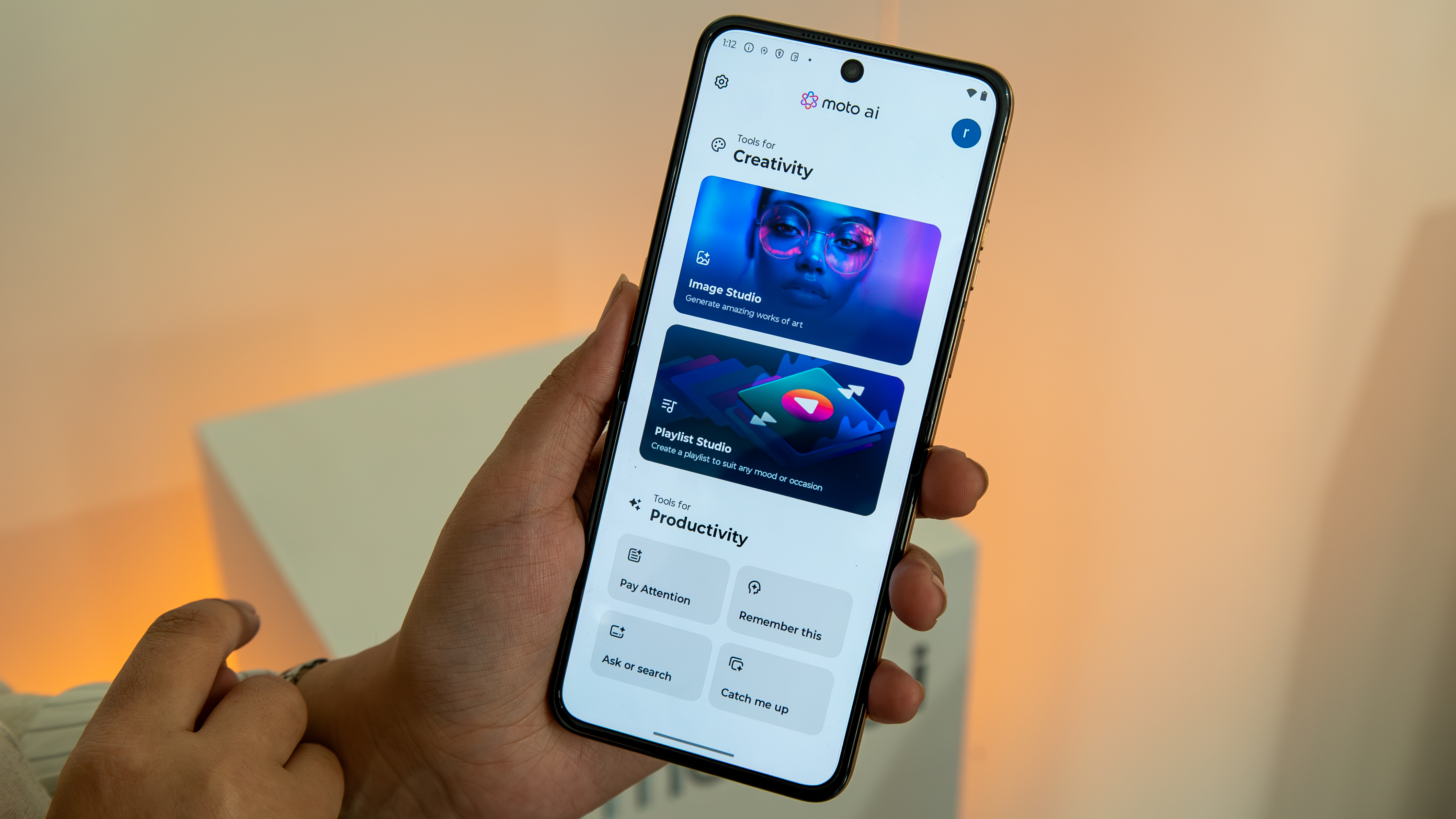
Motorola is leaning heavily into AI, which is good to see, as it previously felt like the company was falling behind its competitors in this regard. Moto AI is now a fully fledged AI hub with features that feel genuinely interesting and helpful.
For example, Next Move is the result of user feedback from the initial Moto AI beta, as there were concerns that Motorola’s features and use cases weren’t clear. By evoking Moto AI whenever there’s content on the screen, it can suggest various actions based on what’s displayed, such as saving a recipe, generating an image, or creating a playlist. It can also recommend other Moto AI actions like Remember This or Pay Attention, making it easy to utilize Moto AI.
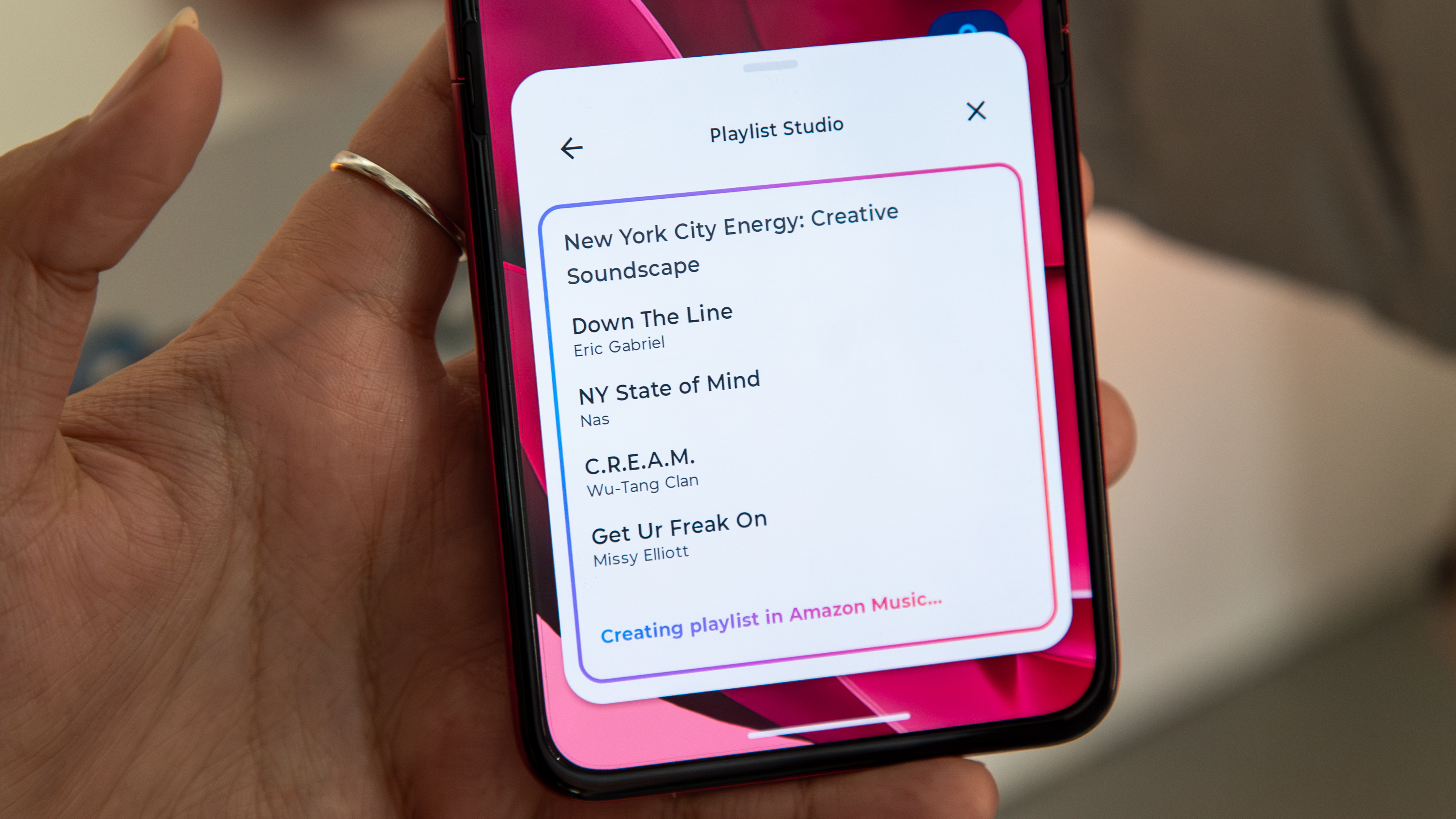
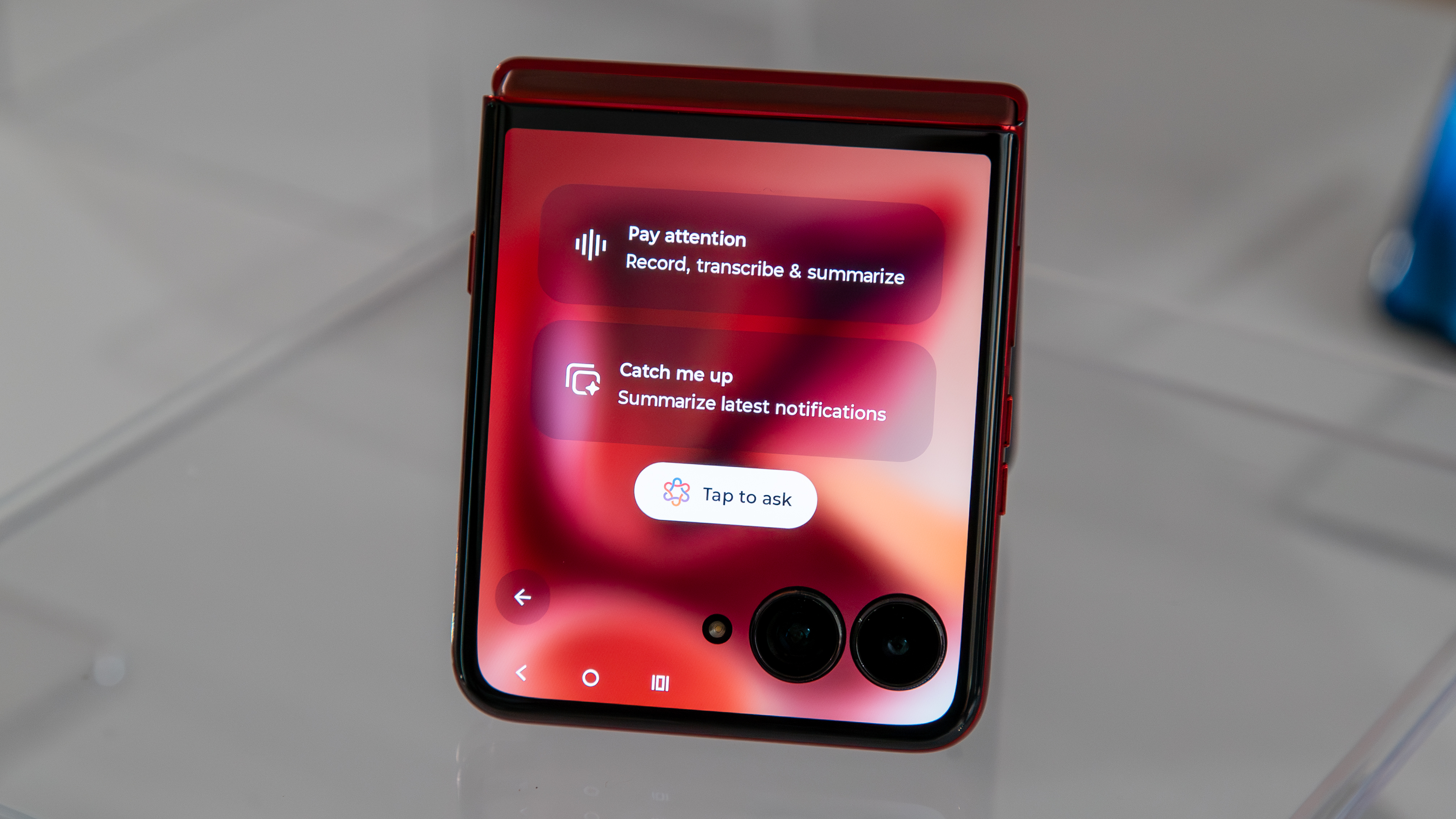

The new Image Studio is also an intriguing addition, providing users with a hub to generate images and wallpapers that utilize AI features, such as Sketch to Image, which was recently introduced on the Moto G Stylus 2025.
Motorola is also making it easy to access Moto AI with the new AI Key on the Razr Ultra. As someone who dislikes it when companies try to force their AI assistance onto the power button, having a dedicated key is a welcome feature. There’s some customization here, too, but it didn’t feel as robust as I would’ve liked.
One feature that intrigued me was Look and Talk, which is as simple as it sounds. When the Razr Ultra is tented, you can just look at it and it will start listening to you, ready to respond to whatever query you may have. I wasn’t able to try this myself, as the phone can only recognize one face. However, in the demonstrations I saw, it worked pretty well and feels like something I would love to see on a Pixel with Gemini Live.
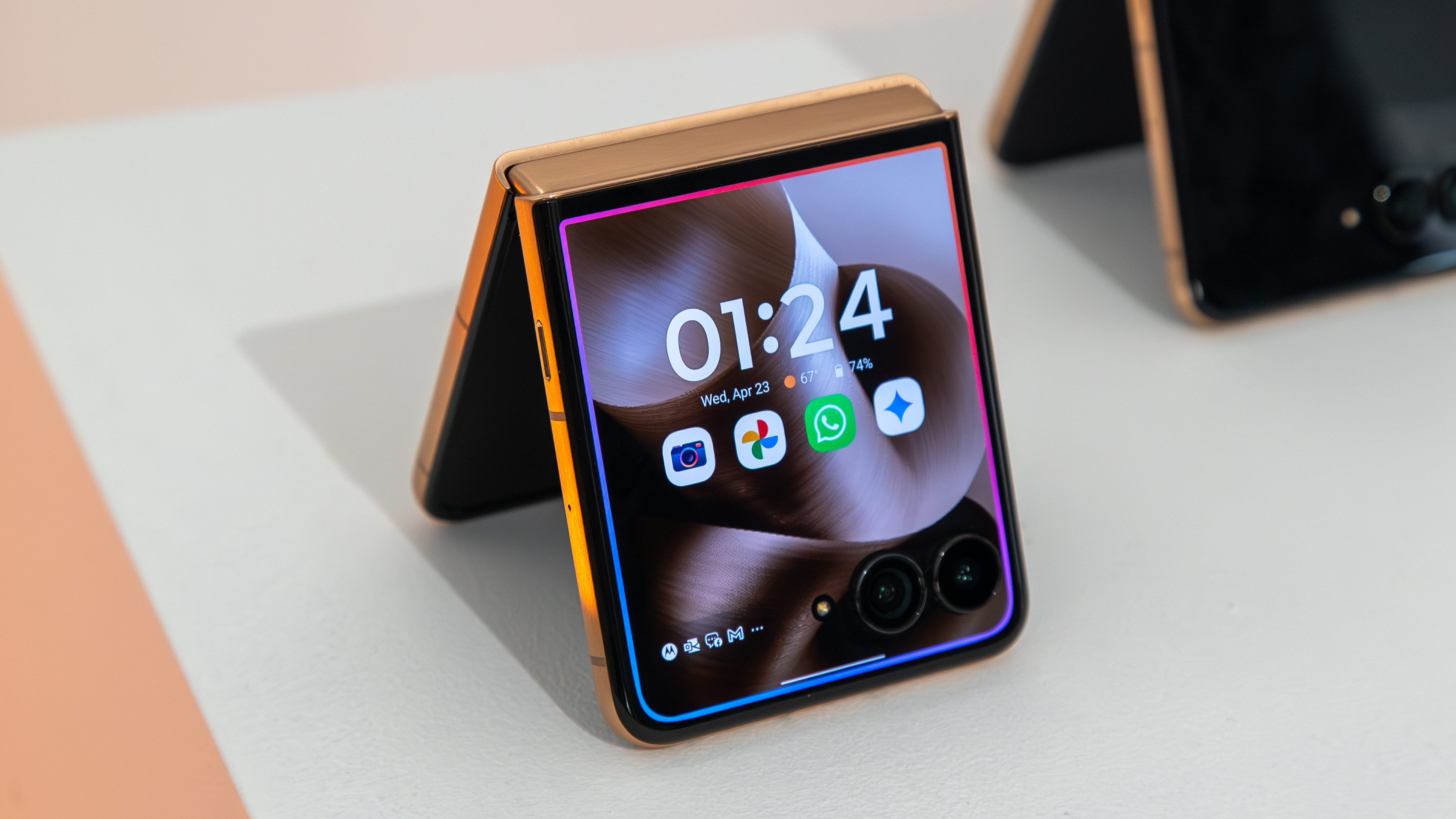
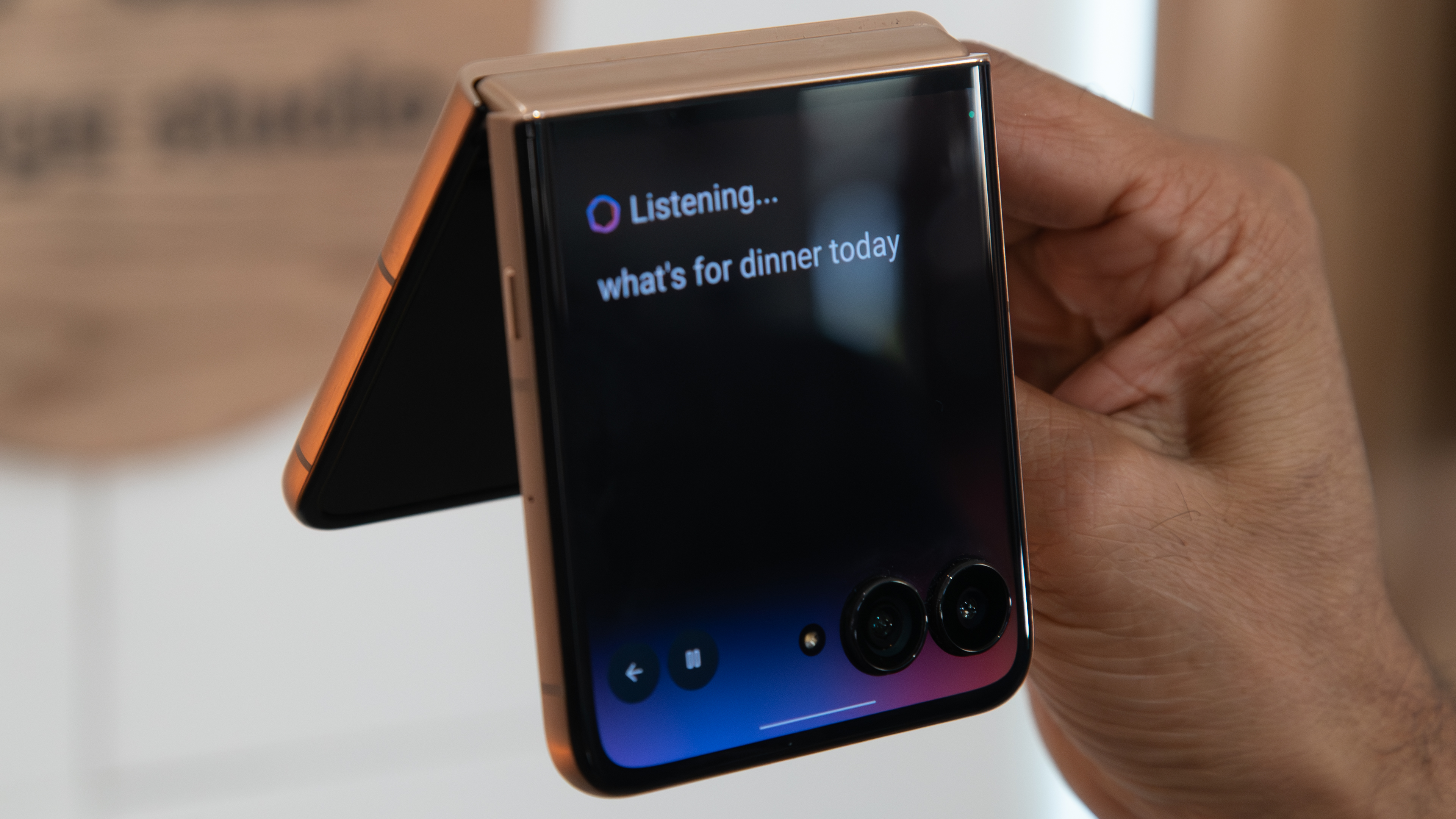
Other Moto AI features received notable updates as well, but what shocked me was how Motorola appears to be gathering AI partners to help boost Moto AI. In addition to Gemini, there’s now Meta’s Llama, Microsoft Copilot, and even Perplexity, the latter of which is pre-installed and optimized to some extent with Moto AI.
It really feels like Moto just wants to give users the choice of whatever AI model is best for certain tasks, and while I’ll need time to test out how this all comes together in practice, it’s something I can appreciate.
Accessories for everyone
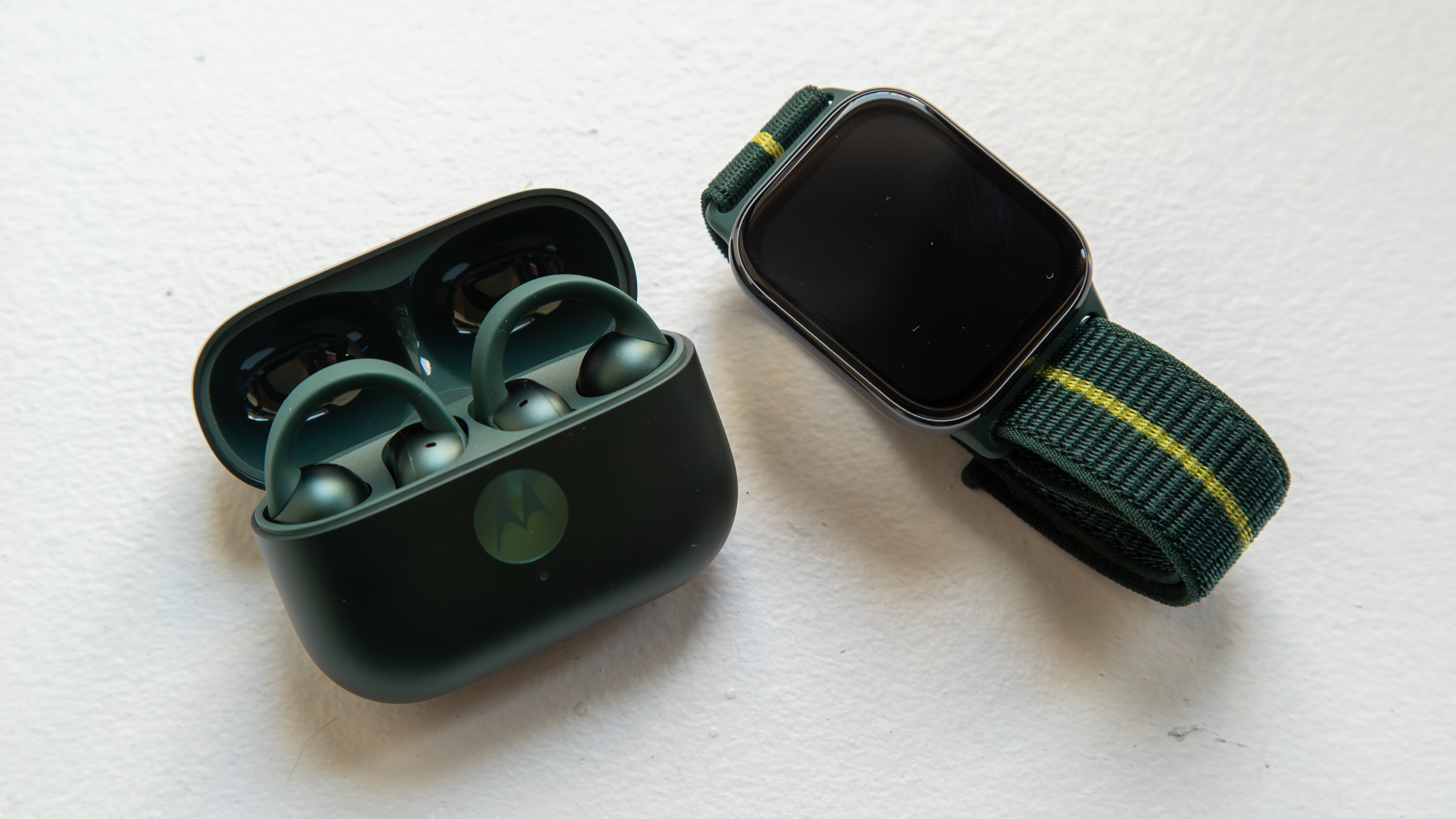
It wasn’t just phones and AI; Motorola is also highlighting its accessories with new earbuds and a new smartwatch.
The Moto Buds Loop look quite stylish, especially with Swarovski in play on a blinged-out edition of the buds. I’ve recently come to appreciate open ear earbuds, and there’s no doubt the Bose tuning should make these quite capable.

Finally, the Moto Watch Fit is an Apple Watch clone with a robust battery life and plenty of health monitoring options. It’s also incredibly lightweight and durable, although it seems to be missing one big thing: Wear OS.
Android Central senior editor Michael Hicks recently wrote about how Motorola needs to return to Wear OS following impressive launches from Samsung and OnePlus, so it’s sad to go another year without a Moto 360 revival given the success of the Razr.
That’s all good… but…
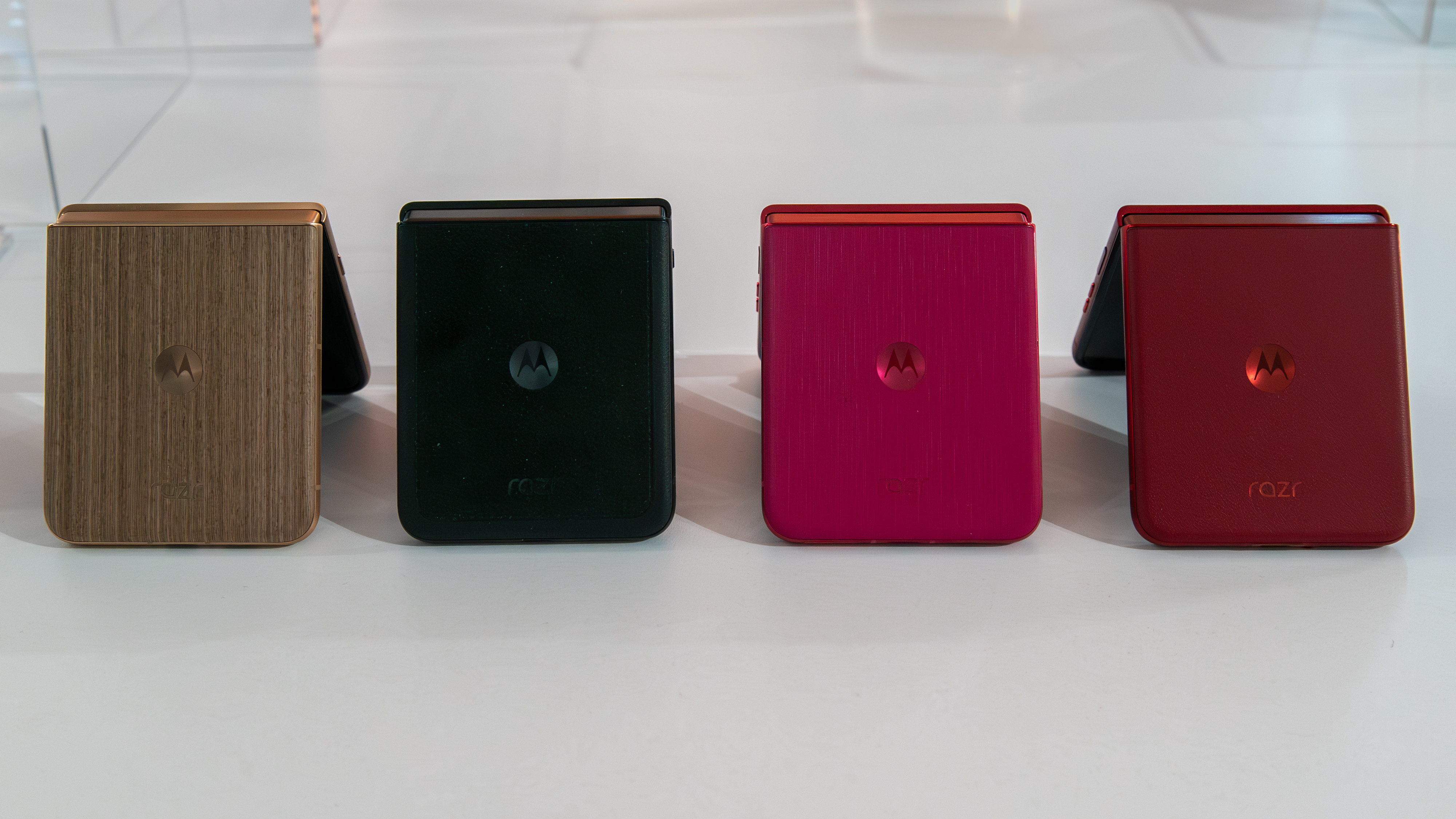
After seeing how much Motorola improved the Razr Plus 2024 over its predecessor, perhaps it shouldn’t surprise me too much that the Razr Ultra is a major step up. Now that the Razr has found its footing in the market, Motorola appears serious about providing consumers with a premium experience by incorporating the best hardware and all the AI it can into its phones.
However, I’m concerned that the $1,299 price tag for the Ultra may deter consumers, and that the Razr Plus hasn’t changed enough to justify its price. We’ll have to see how things go as the year progresses; I just hope Motorola isn’t shooting itself in the foot, because the Razr Ultra 2025 feels like such a good phone that you should want to buy. I know I do!